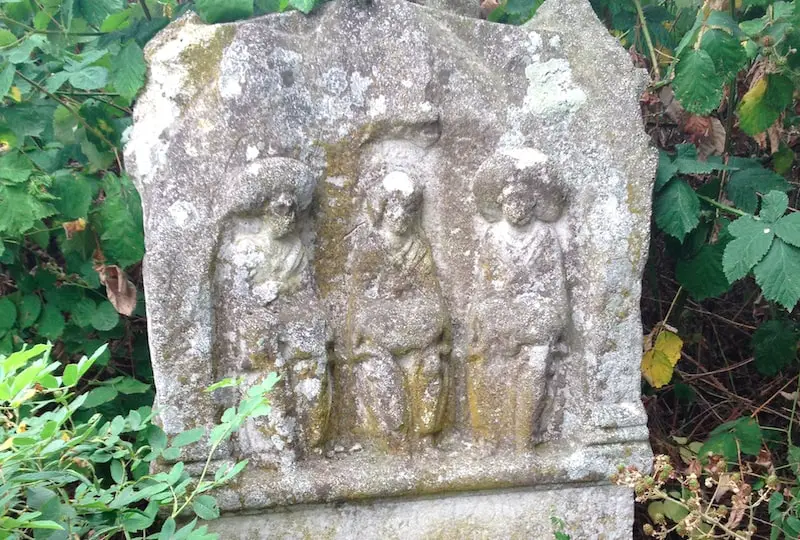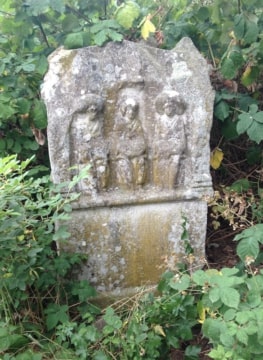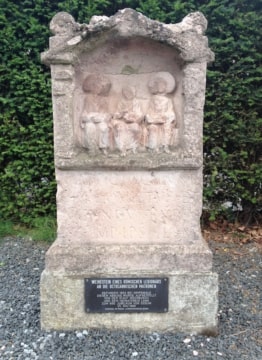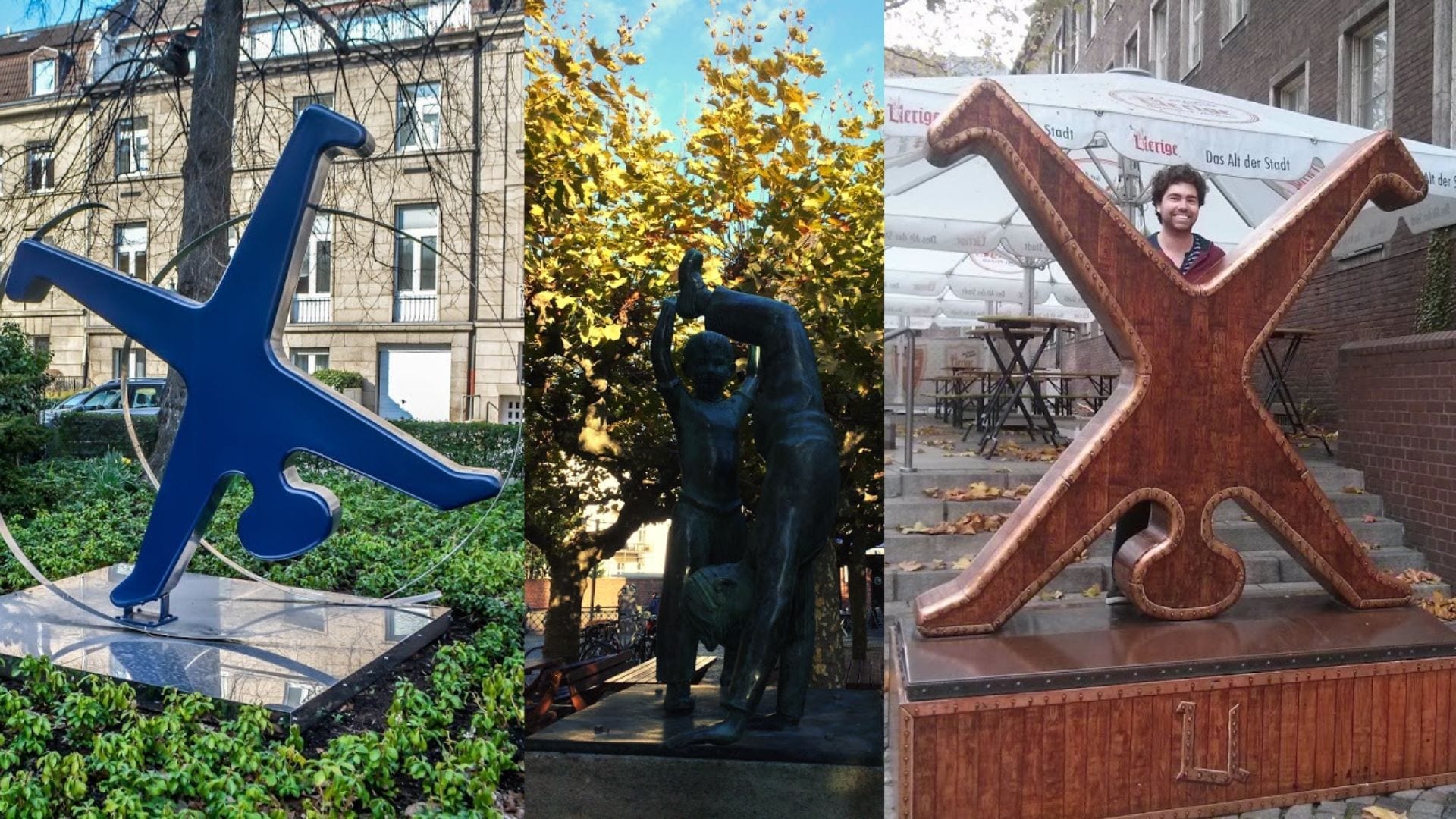Our blog posts may include affiliate links. These affiliate links don't cost you anything, but we might earn a few Euros if you decide to purchase something from one of our recommended website partners. Thank you for your support to help keep this platform up and running!
In 58 BC, Julius Caesar, the ambitious new governor of Gaul, was eager to start a war of conquest, so as to make his reputation. To be frank, any spoils of war that came his way would be very welcome to help him to clear certain personal debts.
At that time Gaul consisted of what is now France and Belgium, the southern Netherlands plus the strip of Germany to the left of the Rhine. The Rhine served to mark the eastern boundary of the empire. The Galli and Belgae tribes were incorporated into the Roman empire, but the Germani on the right bank of the Rhine were hostile. They were fierce hunters and warriors. Worse still, they were eager mercenaries.
Secretly, rebellious Gallic tribes were actively recruiting Germani, inviting them to cross the Rhine and join sporadic uprisings against the Roman occupation. On taking up his governorship, Julius Caesar found that already 120,000 hostile Germani had crossed over into Gaul. He had found the conflict he craved.
Photo Credit: Cathy Dobson
Between 58 and 53 BC Caesar waged the Gallic wars, pushing back all Germani to the right side of the Rhine. By 55 BC he boasted in a letter that his legions returned safely to a man after driving 430,000 German warriors into the Rhine where they perished. By anyone’s standards that was not a military victory but an outright massacre.
In Rome, the orator Cato echoed many in demanding Julius Caesar be handed over the Germani as punishment. The scandal spurred Julius Caesar swiftly to pen a bestselling ‘history,’ The Gallic Wars, deliberately portraying his enemy in the very worst possible light. He reframed the recent history so as to justify his brutal methods as necessary in the face of a barbaric enemy and thus avoid imprisonment or worse on his return to Rome.
How Julius Caesar Perceived the Germans
According to Julius Caesar’s account, the Germani were anything but civilized. Scandalously, they did not even worship what he considered proper gods.
“They have no Druids to regulate divine worship, no zeal for sacrifices. They reckon among the gods those only whom they see and by whose offices they are openly assisted – to wit, the Sun, the Fire-god and the Moon.”
He deplored their lack of husbandry and agriculture and their love of fighting.
“Their whole life is composed of hunting expeditions and military pursuits.”
He went on to denounce many other customs to emphasize the Germani’s barbarism. These included promiscuously bathing in rivers naked, wearing skins that didn’t properly cover them, eating food which was meat-heavy, and being so rude to their neighbors that they moved away.
Welcome (possibly) to the origins of FKK, lederhosen, barbecued sausages, and German customer service!
The Rhinelanders and the Romans
The one exception Caesar made in his castigation of the Germani was his account of the tribe which occupied the region between Colonia (Köln) and Gelduba (Krefeld-Gellep) – i.e. the original Rhinelanders. This tribe was the Ubii. According to Julius Caesar, it was the Ubii who had offered to ferry the Roman army over the Rhine to pursue any last survivors of the Gallic Wars.
By the time we hear of the Ubii again a century later in the writings of Tacitus, they have more or less integrated fully with the Romans. Tacitus remarks:
“Even the Ubii, for all that they have earned the rank of a Roman colony and like to call themselves Agrippinenses after their foundress Agrippina, are not ashamed of their ancestry. They crossed the river many years ago, and as they had given proof of their loyalty to Rome they were stationed close to the west bank, to keep out intruders, not to be kept under surveillance themselves.”
It is, in fact, only due to their willingness to assimilate Roman culture that we know anything much about the Ubii at all. Over the centuries they spent supporting the Roman settlements, supplying them with food and goods, and even serving in the Roman military, the Ubii began to adopt Roman habits, manners, and dress codes. In particular, they built temples and votive altars to their own goddesses – who are believed to be Celtic in origin. There are 850 surviving stone altars in the Rhineland dedicated to three mysterious Goddesses, known by the Latin descriptor Matronae (mothers or matrons).
I first learned about the Matronae because I was living near one of these votive stones. I realized it was of Roman design, but was puzzled as the goddesses are not from Roman mythology. Nearly all Matronae statues look similar – three women, usually seated, the outside two with large round headdresses and the center one bare-headed. They usually hold foodstuffs such as fruit, game, corn, or sometimes a horn of wine – which would indicate goddesses of fertility and plentiful harvest.
Once you’ve found one set of Matronae, tracking them down becomes addictive, a bit like geocaching. The first one was easy – it’s in front of the chapel in the village of Ossum. Actually that one’s a replica – the original is in the archaeological museum in Bonn.
The next one took a lot more research and fruitless driving around an industrial estate which my satnav had never heard of before I finally ditched the car, slithered down a steep muddy path, clambered across a railway line through overgrown brambles to reach an unpromising promontory overlooking a part of the Rhine littered with slag heaps and warehouses. Then suddenly – there they were! The old Ubii goddesses, sitting regally on their thrones in the shadow of an electricity pylon, half-submerged in a bramble patch.
But who are these mysterious fertility goddesses who pre-date the Romans?
Julius Caesar said the Germani worshipped the Sun, Moon, and Fire-gods. Could those round head-dresses indicate the Sun and Moon?
Their origins are probably lost in the mists of time. What is clearer is what became of the goddesses in subsequent centuries. The Romans happily assimilated gods from around their empire pretty much intact. For example, Egyptian statues of the gods’ Isis and Osiris have been found throughout the Rhineland, brought here or made locally by the many north African legionnaires stationed on the Rhine.

Photo Credit: Cathy Dobson
When Christianity swept across Europe it wiped out existing religions. Local deities could not be accommodated in a monotheistic system. Gods and customs alike were purged. Those which remained too stubbornly embedded in the local psyche were assimilated into Christian festivals, rituals, legends. So groups of three female saints began to appear in early churches: Catherine, Barbara, and Margaret.
Everything important came in threes: Faith, Hope, and Charity. Past, present, and future. Heaven, Earth, and Hell. For a while, Mary, Anna, and Jesus were depicted widely as a trinity, but gradually women were pushed back and a male-centric trinity took over: father, son, and holy ghost. Soon only legends remained around the three fates, three princesses, three enchantresses, Frau Holle and the two girls.
Finally in the middle ages, as the church tightened its grip, the three goddesses were turned evil: three witches, three weird sisters, Walpurgis-night, broomsticks, and devil worship. Believers in witchcraft were persecuted. The old stories became devalued as fairy stories and children’s tales.
So after 2000 years, we have abandoned our three Rhineland goddesses in a bramble patch on the banks of the Rhine.
If you enjoyed this post, there are a number of other interesting historical posts about Germany in our German History section on Life in Düsseldorf.
New to Germany? Join our Welcome Program! Want to join our author team? Send us an email! Join our Life in Düsseldorf | Expats & Locals Community group and register for our newsletter (packed with the hottest events, seasonal activities, upcoming job opportunities and more)!

















Lovely to see different goddess images – perhaps the Maiden, Mother, and Crone?